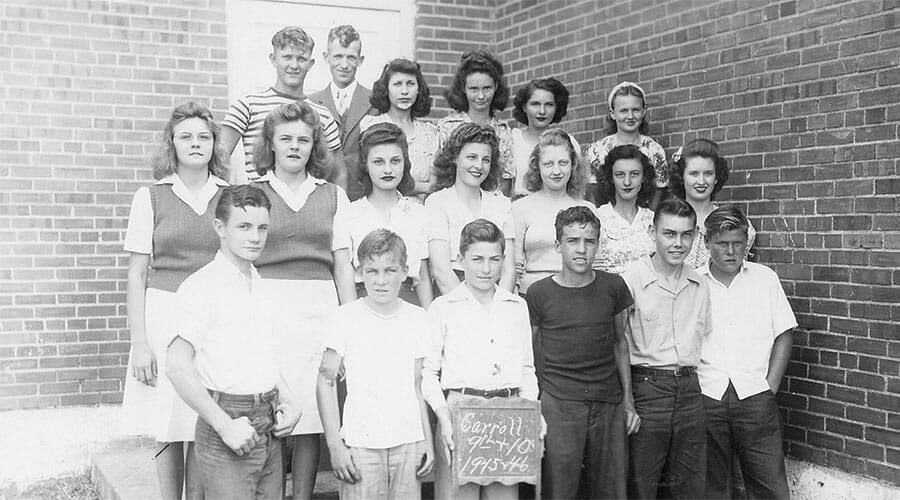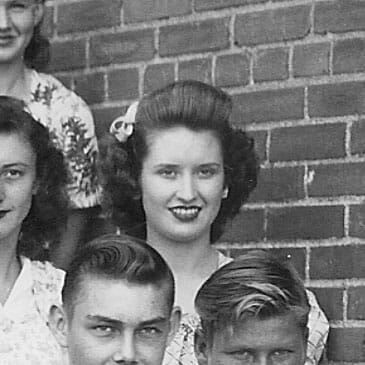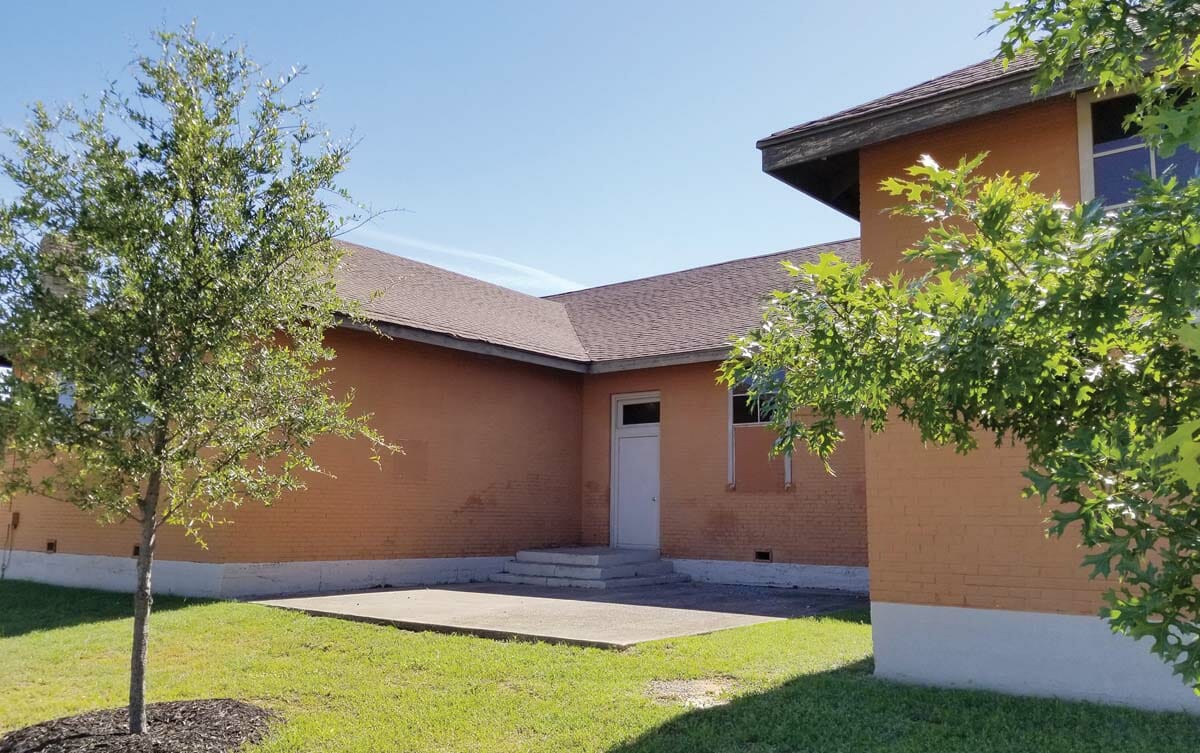
By Joy Donovan
A century on, Southlake’s once rural schoolhouse is still standing.
Long before football championships, long before the Emerald Belles made national TV, long before shoppers bustled about Southlake Town Square, there was Carroll Hill School.
One hundred years later, the humble, single-story brick schoolhouse remains.
From its construction in 1919 until new schools went up in the 1960s, the three-classroom building stood as the centerpiece of the school district — and the town. It was built as a consolidation of rural one-room schools in the area. “It’s the only historical structure in Southlake,” says Connie Cooley, president of the society. “It’s the real deal. It really was the heart of the community.”
In 1917, Tarrant County combined area rural schools to form District No. 99. The men — women weren’t allowed to vote — of the poor, rural district raised taxes to build the school on a hill adjacent to their farms and timberland. The school (and the former wagon road) were named for B. Carroll, a Tarrant County superintendent of public instruction.
To honor its history and celebrate the centennial, the SHS organized the exhibit “The 1919 Carroll School: Where It All Began,” opening this month at Southlake Town Hall. On show are drawings of the original classrooms, made with the input of students from the ’30s and ’40s. There’s a nod to forgotten history, too: Clyde Barrow, of Bonnie and Clyde fame, may have been a Carroll Hill student in the early 1920s. Photos of students through the years are joined with a classic shot of 2019 Carroll grads standing next to the school.
Southlake resident Merrill Tate Stacy was a timid third-grader when she began school there in 1939.
“The first day … two girls came to meet me, and that was the greatest thing in the world, because I was shy,” Stacy, 88, remembers. “All the kids were friends. If there was a party, everyone was invited. It was a real community.”
Stacy, the mother of four, including former Southlake mayor Rick Stacy, was 16 when she left school at the end of 10th grade to marry her 17-year-old beau, R.J. She joined Mary Hays Koenig, Glen Burgess, Dorothy Chasteen Brand and others former students to share insights about the early years of the school with the historical society.
The Southlake Historical Society keeps an eye on the building that gained three additional rooms in the ’50s but upkeep is minimal. “We have mothballed it best we can,” says SHS historian Anita Robeson. There is no funding for relocation or restoration, but she notes that the structure, the last intact “country” school in Tarrant County, is a rare example of how such rural facilities evolve. As Carroll ISD grew, the building served as an art studio, tax office, transportation office and warehouse.
It is not open to the public and the land it sits on is now leased to a church. All in all, the future of 1055 N. Carroll Ave. is in doubt. Its history is secure, however, now summarized on a Texas historical marker positioned out front, next to the road. Should the schoolhouse fall, that nod by the Texas Historical Commission will continue to represent those 100 years of reading, writing and arithmetic.
THE DETAILS
The 1919 Carroll School: Where It All Began marks the centennial of the rural schoolhouse. Southlake Town Hall lobby and Southlake Public Library, 1400 Main St. July 12-Sept. 6; ice cream social reception 5-6:30 p.m. July 28; everyone welcome. Open 10 a.m.- 8 p.m. Monday through Thursday; 10 a.m.-6 p.m. Friday and Saturday; closed Sundays except July 28. For more information, go to southlakehistory.org.


